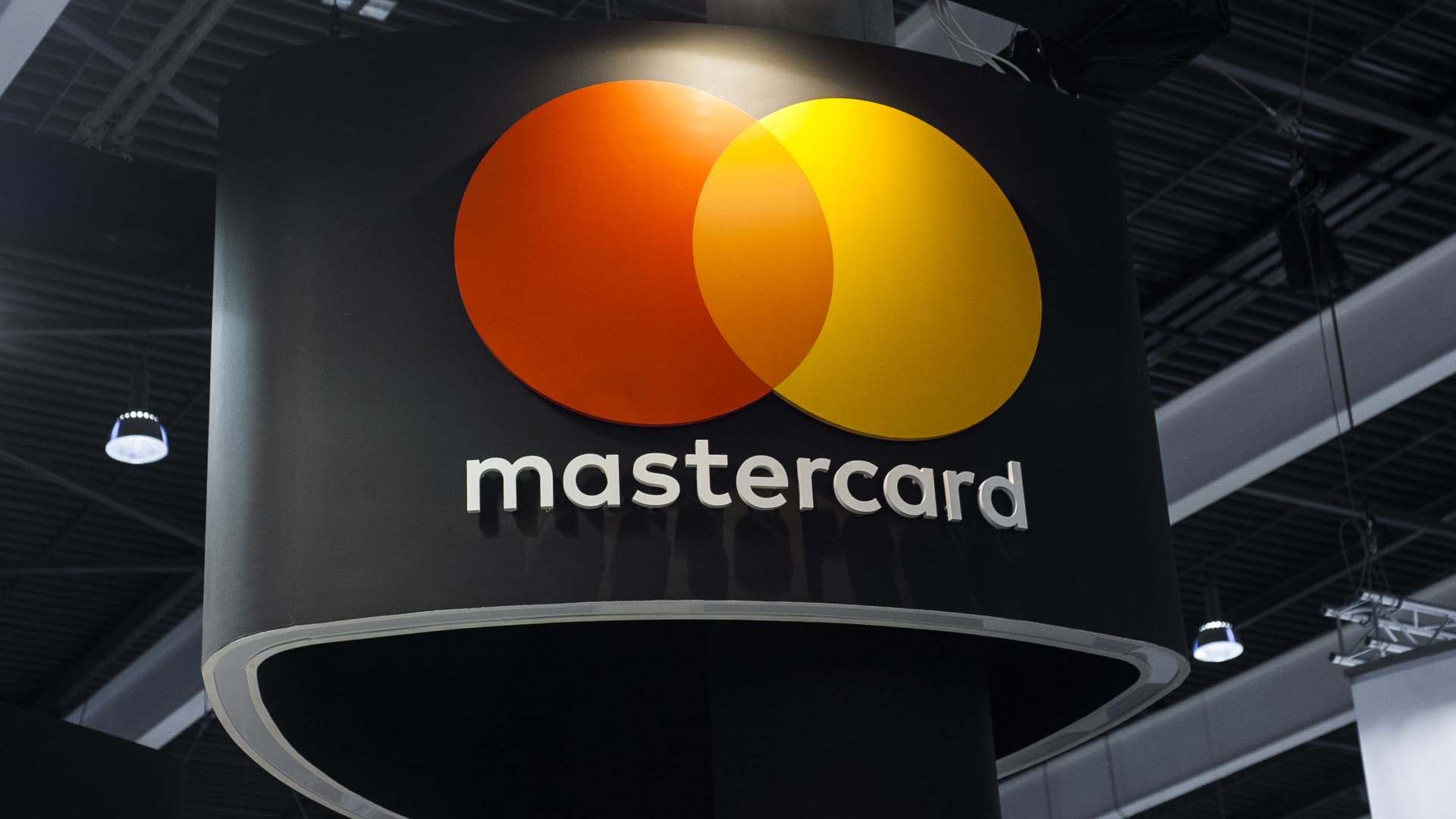The Sephora shops will be about 2,500 square feet in size, offering the same services found at Sephora today, staffed by Sephora employees, and located at the front entrance of Kohl’s.
Source: Kohl’s
Sephora will open hundreds of beauty shops inside Kohl’s stores in coming years in a deal that rivals Target‘s recent partnership with Ulta Beauty.
Some 200 Sephora at Kohl’s locations will open by next fall, rising to at least 850 sites by 2023, the companies announced Tuesday. Sephora will also launch on Kohl’s website next year, offering more than 100 beauty brands, some of which are exclusive to Sephora.
The announcement of the 10-year partnership comes weeks after Target unveiled plans to open hundreds of Ulta makeup shops inside the discount retailer’s stores.
The beauty category has historically been dominated by America’s department store chains, but it is now increasingly moving out of malls, giving retailers that had been hardly invested in the category an opportunity to steal share.
“When we think about the beauty industry today, we’re very underrepresented,” Kohl’s CEO Michelle Gass said. “It’s a huge market [and] it’s expected to grow over the next few years.”
The Sephora shops on Kohl’s will be about 2,500 square feet, offering most of the same services found at other Sephora stores, including help with makeup application, and replacing Kohl’s current beauty assortment.
Sephora employees will staff the locations, which will be positioned near the front of the store and occasionally accessible by a separate entrance, Gass said. The Sephora logo will join Kohl’s outside the stores.
“We’re going to be very loud about this,” Gass said. “There’s no question that [shoppers] will see Sephora from the exterior of the building.”
While the beauty industry has been hurt by fewer women dressing up for the office and other special events during the Covid pandemic, some bright spots point to stronger days ahead.
U.S. sales of prestige beauty products — those sold mainly in department stores — dropped 17% year over year to $3.7 billion during the third quarter, according to The NPD Group. That marked a softer decline than during the second quarter, buoyed by nail products and body products like soaps and exfoliators. Sales of fragrances were also up, according to the NPD data.
A rendering of a Sephora beauty shop opened inside of Kohl’s. Two-hundred “Sephora at Kohl’s” locations are slated to open by next fall.
Source: Kohl’s
Ulta shares have gained nearly 9% this year, bringing its market value to $15.5 billion. Although sales in its stores declined, Ulta’s e-commerce revenue more than tripled in its fiscal second quarter ended Aug. 1, signaling strong demand for beauty products online.
LVMH, Sephora,’s parent does not breakout Sephora’s sales performance in its financial reports. At the end of fiscal 2019, though, the company said Sephora was experiencing strong growth and gaining market share.
End of the J.C. Penney era
This won’t be Sephora’s first partnership with a department store retailer. In 2009, the beauty company began working with J.C. Penney to bring hundreds of pint-sized locations to its stores.
“For a long time,” Sephora’s deal with Penney was “highly successful,” said Jean-Andre Rougeot, president and CEO of Sephora Americas. “The last few years have been very challenging for them.”
Weighed down by $5 billion in debt and battered by temporary store closures tied to Covid, Penney filed for Chapter 11 bankruptcy protection in May. It is in the process of emerging from bankruptcy and plans to close hundreds of stores.
Penney had touted its arrangement with Sephora for many of the same reasons that Kohl’s and Target are encouraged by their recent deals. Beauty products need to be replenished regularly and can help driver younger shoppers to stores.
Still, Sephora wasn’t enough ultimately to help Penney stay afloat, as shoppers are traveling to malls less frequently and purchasing more products online. Kohl’s and Target, however, have the advantage of being located in outdoor, suburban strip malls, that are closer to shoppers.
Tripling beauty sales
As part of a larger strategy to grow its business, Kohl’s recently said it plans to at least triple its sales in beauty in coming years. Kohl’s said it has grown sales in the category by about 40% over the past few years, but beauty still only represents a low-single-digit percentage of its overall business.
“We are leveraging this unique time in retail history to take a step back and pivot and be even bolder in our strategy,” Gass said. “We are broadening and upsizing categories that fulfill this mission, and we are downsizing or exiting other categories and brands that don’t.”
Kohl’s is ditching some of its women’s brands, for example, to launch a new athletic apparel line called Flx, next year. It has also brought new national brands like Lands’ End to its stores, hoping that will be enough to set it apart from rivals like Target, Walmart and Macy’s.
According to Kohl’s and Sephora, there is very limited overlap with Kohl’s more than 1,100 stores and Sephora’s roughly 500 locations. Sephora’s stores tend to be in more urban markets.
Kohl’s hopes that Sephora will bring in new customers, who will then add other items like leggings and home decor to their baskets. Target has a similar goal in working with Ulta. For Sephora, Kohl’s offers it access to new markets, which can help attract new brands. Sephora this year landed actress and singer Selena Gomez’s Rare Beauty brand, as well as the clean beauty brand Beautycounter, over its rivals.
According to Rougeot, beauty brands have struggled with distribution as department stores’ makeup counters see less foot traffic. Some, like Glossier, have opted to go the way of selling directly to consumers online.
“This is going to resonate with our existing customers, and it’ll draw new customers,” Gass said. “We’re looking forward to hopefully decades ahead of us. … It starts with a 10-year term, but our goal is that this will be extraordinarily successful and it will last far beyond that.”
Kohl’s share price has fallen 37% this year, bringing the company’s market cap to about $5 billion. Target stock has rallied more than 40% in 2020, giving it a market cap of nearly $90 billion.







